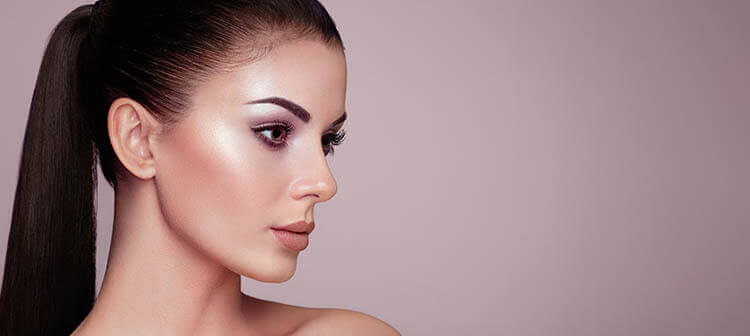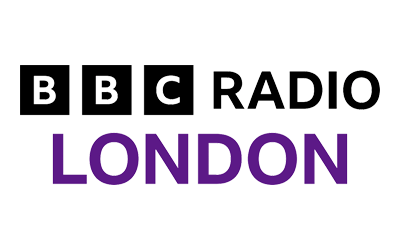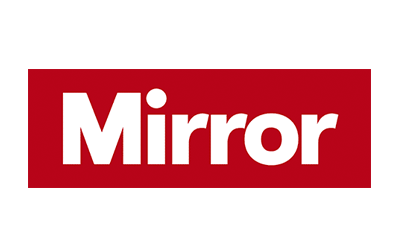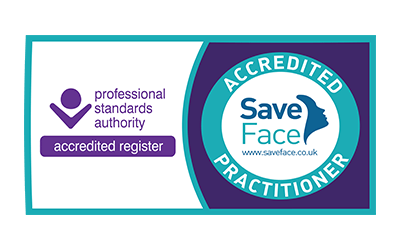Despite being one of the most popular and widely performed cosmetic surgery procedures, rhinoplasty can achieve lower patient satisfaction in comparison to a breast augmentation or an abdominoplasty. On RealSelf, the cosmetic surgery review site, it rates 90% patient satisfaction, compared to 95% for tummy tucks and 97% for boob jobs. Partly this is due to the technical difficulty of the procedure, but patient expectation also plays a significant role.
Often rhinoplasty patients have had an issue with the appearance of their nose for many years and therein lies part of the problem. As the dominant facial feature and a long-term focus of unhappiness, it’s not surprising that there is often a period of adjustment after surgery that a patient was not expecting.
Are you and your rhinoplasty surgeon on the same page?
The consultation is always an important part of every cosmetic surgery journey, but even more so for rhinoplasty patients. It’s your chance to fully explain to your surgeon what you’re hoping to achieve and what’s bothering you about your appearance.
The surgeon, in turn, can determine whether your expectations are realistic and for both of you to come to agreement on the final outcome.
Tip: Doing your research beforehand is good but keeping an open mind about what can be achieved is essential.
What can a rhinoplasty achieve?
Mr Alex Karidis’s approach to rhinoplasty is always individually tailored to the patient’s needs as there are a number of techniques that can be combined in one procedure. You may want your nose to appear smaller or bigger. It’s also possible to eliminate a hump on the bridge of the nose, the nostrils to be resized, the tip reshaped or the angle of the nose to be amended. You may require alterations to the internal structure of the nasal passage to improve breathing.
Not all these changes may be appropriate though. Mr Karidis will take into account your other facial features to create a naturally beautiful result that improves balance and proportion. A good nose job should blend in not stand out.
Tip: ask to see before and afters of other patients – firstly, as a testament to your surgeon’s skill, but it’s also a good indication of whether your surgeon’s aesthetic vision matches your own.
What factors can affect your rhinoplasty result?
There are other factors that might affect your result. Rhinoplasty is a technically challenging procedure and the architecture of the nose, as such, may affect the outcome as your surgeon will be addressing bone, cartilage and skin.
Each patient heals differently as well and the timeline after rhinoplasty is important because even small changes to the nose as it is healing can be very noticeable. The cast removal, which typically takes a week after surgery, is often a key milestone as it is your first, unobstructed look at your new nose. Some patients are happy straightaway, but often the nose looks very swollen, bruised and slightly distorted.
After just two or three weeks, though, about 80% of the swelling will have dissipated, but it can take between six months to a year for all swelling to fully disappear. Often there can be flare-ups of swelling that the patient isn’t expecting, which can be due to excessive physical exertion, temperature or even emotional or stressful experiences.
Tip: ask about the aftercare they offer so you’re happy you’ll be well supported and always follow their post-surgery advice as they are the experts.
Rhinoplasty patient Holly explains how she felt at her cast removal and now six months later
If you’re interested in finding out more about rhinoplasty, revision rhinoplasty or nose tip surgery, call 0207 432 8727 to arrange your consultation today. Our trusted surgeon, Mr Mark Ho-Asjoe, also specialises in nose surgery for Asian patients for any clients looking for culturally-considered rhinoplasty.

















